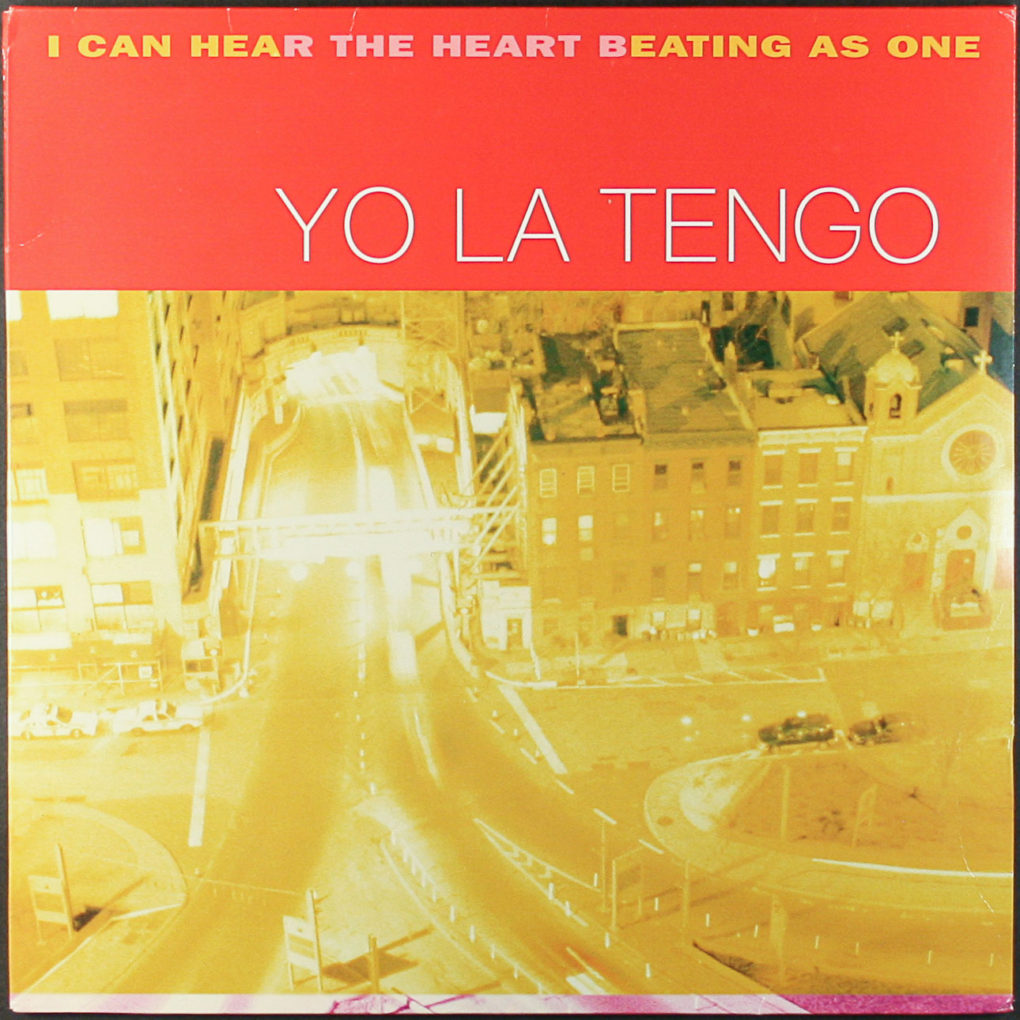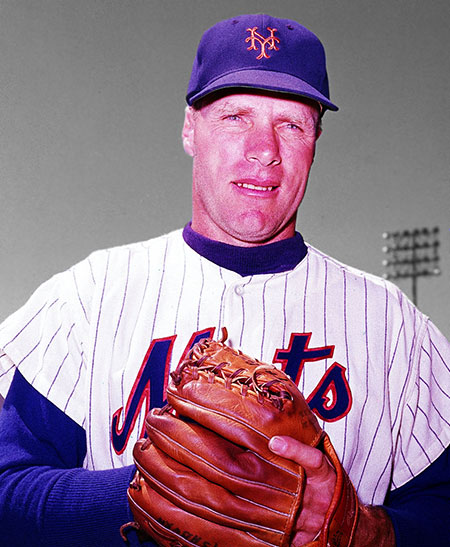
In 1962, baseball player Richie Ashburn was in the final season of a hall-of-fame career. However, it wasn’t exactly a glorious ending.
He’d been picked up by the league’s newest team: the expansion New York Mets. Expansion teams often struggle to stay competitive, and the pressure is on to bring in fans, so acquiring a name like Richie Ashburn was probably seen as a win for the fledgling franchise.
“Win” was not a word the Mets would experience much that year.
They won only 40 games, losing 120. It was a historically awful record; no team has lost 120 games in a season since, and the only team to do so before the Mets was the Cleveland Spiders in 1899. But at least that team was terrible by design: the Spiders had been purchased by a businessman who already owned the St. Louis Browns, and – in the boldest example of conflict of interest I can imagine – proceeded to trade all Cleveland’s best players to the Browns.

But back to the Mets.
Richie Ashburn, riding out his career on a hapless team, was just trying to preserve some dignity. He managed to etch his name in Mets history by virtue of being the first Met elected to an all-star game, but the long, loss-filled season must have been difficult for a player used to excellence.
Adding to his frustrations, he was having trouble communicating with his teammates. As a centre fielder, Ashburn would come forward on a weakly-hit fly ball, but at the same time, shortstop Elia Chacon would be backing up, trying to catch the same ball. As much as Ashburn would yell at his Venezuelan teammate, collisions were inevitable. Chacon didn’t speak a word of English, and didn’t know what Ashburn was yelling.
Nursing his bruises, Ashburn asked a bilingual teammate what the Spanish phrase was for “I got it.” And so, the next time a shallow ball was hit to that dangerous no-man’s land, Ashburn called out, “Yo la tengo! Yo la tengo!”
Chacon dutifully backed off, and Ashburn must have felt, for a moment, like a brilliant linguist and helpful teammate.
Until a second later, when he collided with Frank Thomas, the left-fielder, who had come charging in to make the play. Afterwards, a confused and disgruntled Thomas asked Ashburn what the hell a “Yellow Tango” was supposed to be.
It’s unclear how much of this story is apocryphal – baseball lore is probably more filled with apocrypha than the lore of any other sport – but what is for certain is that the story had an effect on a 5-year-old Mets fan named Ira Kaplan, who, 22 years later, would name his band Yo La Tengo in honour of the moment that seemed to sum up the entire 1962 Mets season.
What makes this a beautiful song:
1. The shakers at the beginning almost sound like sprinklers on a deserted baseball field in the dead of night.
2. The two guitars: one is carefully plucked, the other slides lazily up and down. They contrast each other so sharply that I can’t help thinking of Ashburn’s professionalism and the Mets’ futility.
3. The drums fade in at 4.24 in a rhythmic crescendo, like the footfalls of an approaching left-fielder.
Recommended listening activity:
Reading another language’s dictionary.